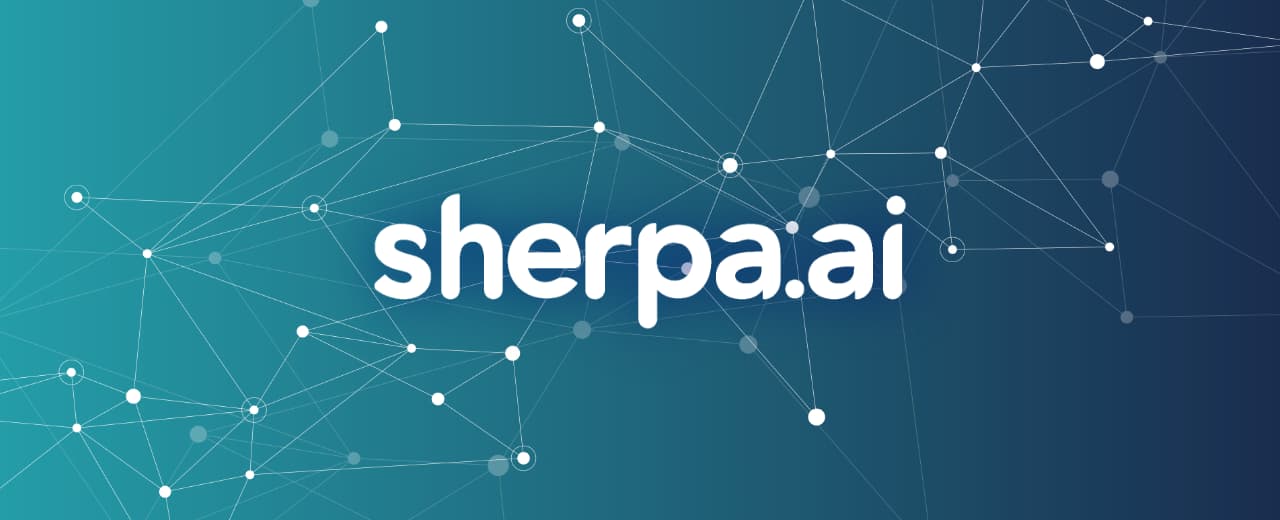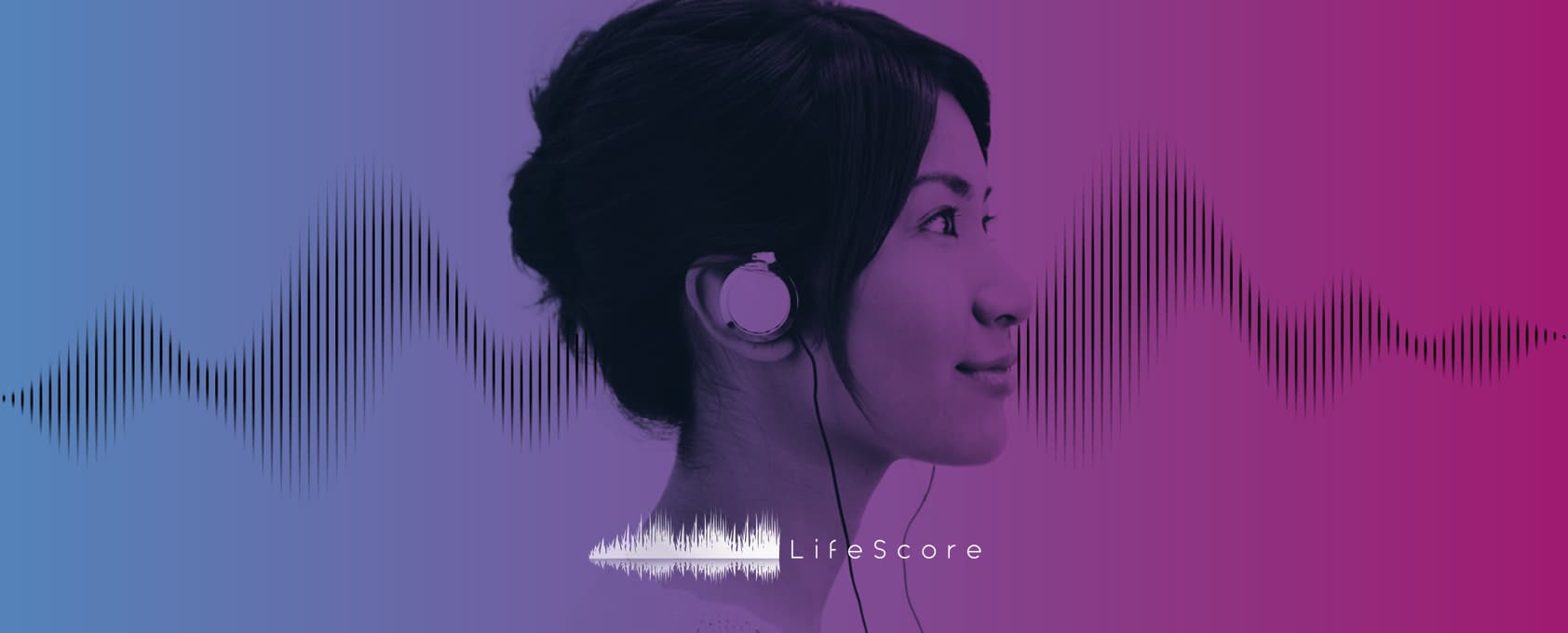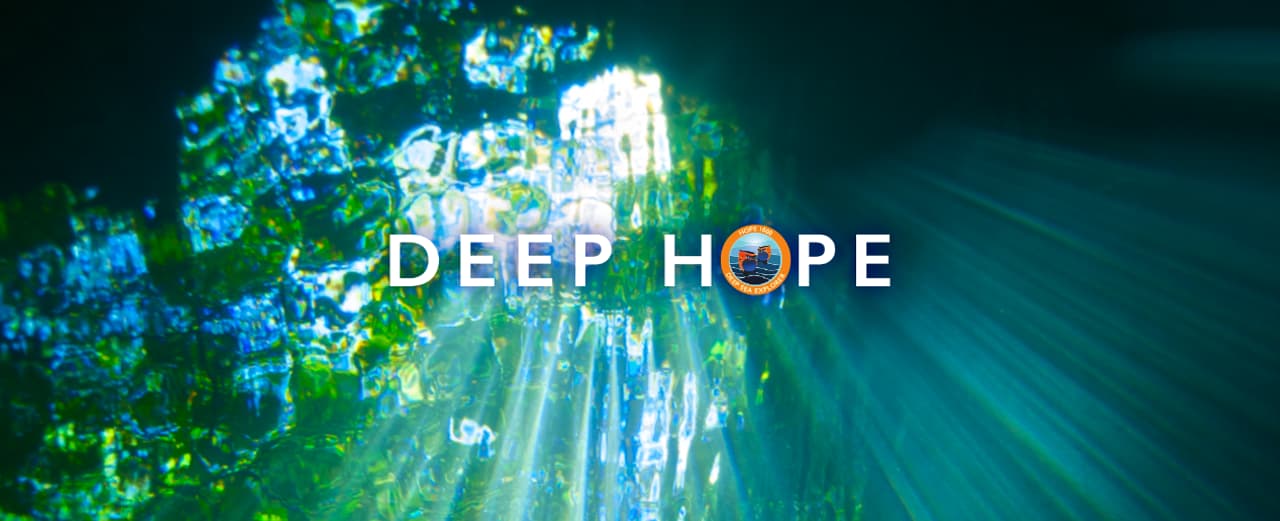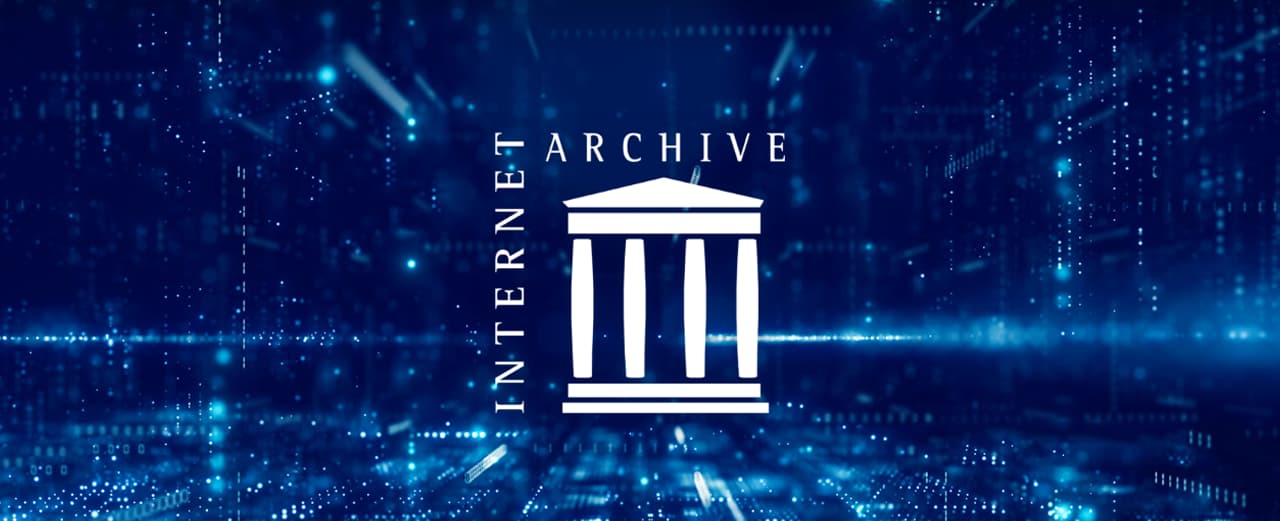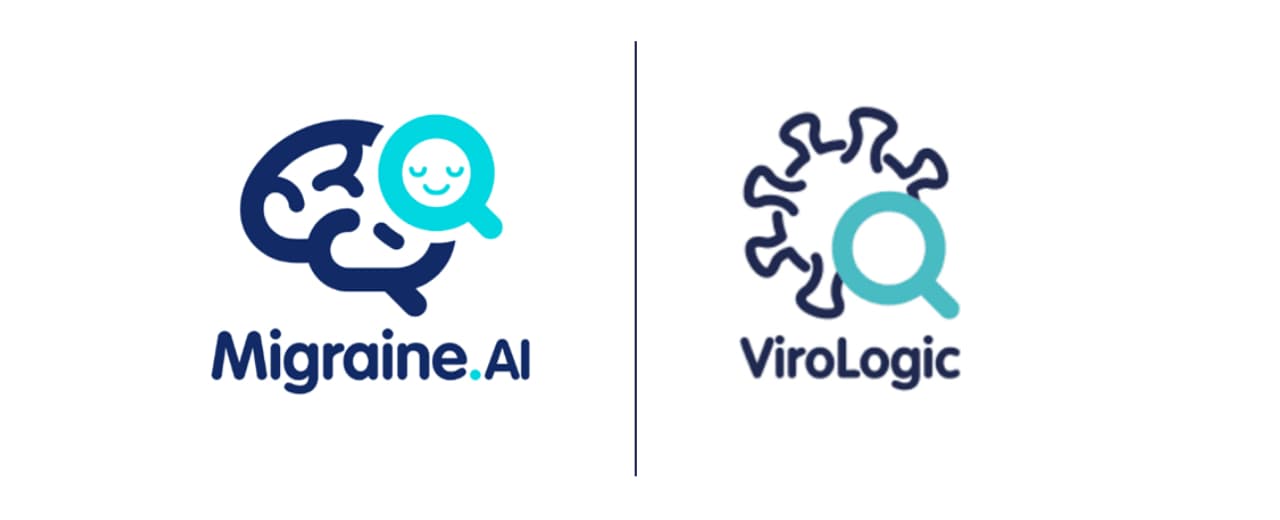Advisory
As a serial entrepreneur, inventor, and designer of AI applications, Tom reached a career milestone with the sale of Siri to Apple in 2010. He stayed on to lead the Advanced Development Group, where he could explore dozens of new product ideas. After eight years at Apple, Tom “retired” to pursue Impact Advising. Impact advising is like impact investing, except instead of choosing a portfolio of financial investments to maximize returns, one invests time and expertise to maximize human impact.
As an AI person and entrepreneur, Tom uses the guiding principles of Humanistic AI to curate his advisory portfolio. The companies and organizations below all use AI to augment humans for the benefit of society, rather than to optimize solely for financial success. Here are some of their stories, and how they’re making a difference.
Technology for Universal Access to the Power of Speech
Cognixion applies neurotech, AI, and augmented reality technologies to help people overcome impairments due to neurological conditions, such as the inability to speak. The company offers a platform for “assisted reality”, which allows Brain-Computer Interfaces (BCI) to drive an AI-mediated conversation, so that people can speak with their brains. Cognixion has also built a consumer-grade assisted reality headset, which won Time Magazine’s Invention of the Year award, and is partnering with Apple on adding assisted reality to the Apple Vision Pro. Tom was an early advisor and is proud to be on the board of this cutting-edge technology company.
Reimagining the Digital Infrastructure for Human Kind
Center for Humane Technology is a nonprofit organization dedicated to spreading awareness about how persuasive technology used by social media platforms and other companies is doing unnecessary harm to our society —and how this technology can be shifted to support human welfare and public good. The center works to influence policymakers and heads of state through high-profile presentations, testimony, and media campaigns to their constituents. It also works through technology insiders to influence industry leaders and employees. CHT has recently focused its efforts on the dangers of unfettered AI models on society. Tom advocates for CHT in his public speaking, identifying ways in which AI is contributing to the problem and how it can be part of the solution.
Corporate Memory for the Modern Age
For decades, AI researchers have pursued the goal of machine understanding of human language, where the machine understands the meaning of what we say and write. Progress has been slow, and virtually all of the information technology investment to date has been spent on information that is represented as structured data and stored in databases. Yet most of the knowledge of people working in large organizations is present in unstructured text, out of the range of database systems. Recent breakthroughs in deep learning, graph networks, and natural language processing technologies have now made it possible for machines to read unstructured documents and extract the factual content, as if it were represented in a database.
Cognizer is on the forefront of this new capability. Its product can read every sentence in every document, email, spreadsheet, report, transcript, or any other source of text at scale for the modern enterprise (petabytes of text). Once ingested, this content becomes a knowledge base for the organization, which can answer questions posed in natural language with factual answers backed with the original source. Having done extensive work in semantic networks at Stanford, pioneering the space of collaborative knowledge management with Intraspect, and bringing natural language query to the mainstream with Siri, Tom is pleased to help Cognizer apply the latest AI technology to achieve document intelligence for the enterprise. They have built the corporate memory of the modern age, and they are the technical leader in this new category of enterprise software. Tom is advisor and founding member of the Cognizer board of directors.
Amplifying Human Creativity and Design Intelligence

DXM (Design X Machine) is pioneering a new way to bring the power of AI into the creative process as a collaborator that helps people think, design, and express at a higher level. The platform equips creative teams with tools that turn raw ideas into brand-aligned campaigns, imagery, and storytelling. By embedding Humanistic AI into workflows, DXM helps unlock creative potential, accelerate iteration, and scale intelligence across teams while keeping the human voice and vision at the center. DXM proves that AI can elevate human creativity rather than replace it. Tom advises the company on maximizing this positive impact, guiding innovations that amplify what makes us uniquely human: our ability to imagine, create, and connect.
Augmenting and Accelerating Human Potential
Sherpa.ai is an exceptional startup based in Bilbao, Spain whose mission is to “augment and accelerate human potential to help address the challenges that humanity and our planet face, through the application of AI.” It offers white-label conversational assistant technologies that allow companies to build their own assistants. It is especially good on personalized prediction and recommendation. Recently it launched the world’s most comprehensive platform for privacy-protected distributed machine learning. This platform supports companies in privacy-sensitive industries such as health care and financial services to train large-scale models from populations without compromising individual data privacy. During the pandemic, Sherpa was able to apply its AI technology to predict outbreaks and hospital loads in its home country of Spain by using data from Italy. These predictions helped hospital ICUs manage scarce resources during a fluid crisis situation, and supported policy makers making smarter decisions where every second and every human counts.
Composing the Soundtrack to Your Life
LifeScore is creating a new way to experience music, called adaptive music. Adaptive music is dynamically composed and produced as it plays, which allows it to adapt to contexts, personal needs, and the state of the listener. Imagine that the music you put on to help you study can adapt as your focus wanes. Or the soundtrack to your favorite show adapts to the emotions of the audience. These are just a few of the applications of adaptive music. The company’s mission is to offer music of the same quality as the finest human-composed music, while enabling the multiple benefits of adaptive music. LifeScore is able to deliver on this promise with a unique synthesis of human creativity and proprietary technology — Humanistic AI. Tom is co-founder and CTO.
A Virtual Community to End Ocean Plastic Pollution
The Ocean Plastics Leadership Network (OPLN) is a diverse group of leaders, organizations and interests, coming together with one common goal – to end the flow of plastics into our oceans. Tom was party to the original Ocean Plastics Leadership Summit, a boat trip on the North Atlantic Ocean gyre that brought together people from industry, science, activist groups, policy analysts, and other stakeholders in the pipeline of plastics from producer to consumer to ocean pollution. This experience created a virtual community that is now in allegiance to work toward a global treaty on ocean plastics. Tom advises OPLN on organizational intelligence and technology, and documented the Summit trip with underwater photography.
Opening Our Eyes to Life in the Deep Ocean
The ocean is the largest habitat for life on earth, spanning 70% of the surface and supporting life throughout its two-mile average depth. Yet we have far more data about the surface of the moon than the ocean at depth. Deep Hope is a nonprofit organization dedicated to advancing the exploration of the deep ocean. It is building submersibles that will safely bring scientists and private citizens to witness first-hand what is happening in the Mesopelagic Zone, between 200 and 1000 meters deep. Trips to the deep ocean are rare, yet they lead to discoveries about new species, how the oceanic food chain works, and how human impact is affecting it. Tom is an officer and member of the Board of deephope.org, helping to raise awareness and guiding the applications of deep submersible technology for human benefit.
Saving the World’s Knowledge … for Everyone
The mission of the Internet Archive is to provide Universal Access to All Knowledge. (No big deal.) It is the Internet’s archival backup system, capturing over 25 years of the history of online content including the Web, TV, and software. It is the world’s largest digital library, including a planetary-scale book digitization operation that services the needs of people with print disabilities and rescues out-of-print volumes from death by copyright.
It’s a treasure for the world, created by one of the pioneers of Internet search and information technology, Brewster Kale. When the market-driven Web metamorphosizes, wiping out historically important content and context, The Archive has a backup. When the original source of an idea is important to IP rights, The Archive has a backup. When governments and private interests want to rewrite history, The Archive has a plan (and a backup). Tom was a part-time advisor for the archive, and remains a lifelong fan of Brewster and the organization.
AI-Enabled Tele-Healthcare for Everyone
What if AI could help us better understand ourselves? When we point the camera at a human face, we can use AI to surveil or to serve. Migraine.ai does the latter. From selfie videos taken with ordinary smartphones, the company’s models can detect vital signs (heart rate, heart rate variability, blood pressure, and temperature) to help predict the onset of migraines with better-than-human accuracy. During the pandemic, the Migraine.ai pivoted to predict symptoms of Covid-19. By refining the vital-sign measurements and adding biomarkers for a covid-specific cough, the company made an app that can alert users as to whether they should seek treatment or when they might be at risk of infecting others — all by taking a simple selfie video. This approach to AI-powered symptom detection is revolutionizing the delivery of tele-healthcare, the forefront of the “new normal” after Covid.
Healing Our Relationship with Technology
The gamification model used across the game and app industries is built on adrenaline-fueled compulsive use. Coupled with powerful user interface technology and incredible multimedia content, current game dynamics motivate users to stay engaged — whether it is good for them or not. Former top game designer Brie Code is creating an alternative. Her company, TRU LUV, makes delicious digital rituals and emotionally conscious AI for personal and community transformation. Their first experimental project, #SelfCare, is a game-like experience that offers a nurturing relationship that optimizes for compassion and care rather than reactivity and compulsive use. TRU LUV is currently developing an AI companion inside #SelfCare that builds on what they’ve learned to further help audience members amplify their self-awareness and compassion. Downloaded by over 4 million people, #SelfCare is showing a new way for interface experiences to amplify human values in a positive direction. Tom is advising the company on its use of Humanistic AI, in which AI technology is used to help us learn new behaviors and understand our own minds and bodies on a deeper level.
Advancing World-class Work Processes with Socio-technical Design
When Tom’s first company Intraspect was building technology to help foster organizational intelligence, it was clear that this meant designing socio-technical solutions to business problems for the enterprise. These designs were driven by a simple proposition: If you want to foster collective intelligence in an organization, you need to augment people with technology that helps them do their work better, together. This drove the development of professional services designed for human motivation and participation. In Europe, the professional services were led by a boutique consulting firm called Consider Solutions, founded and led by Dan French in 2000 with Tom as co-founder and chief scientist. Today, Consider Solutions operates from offices in London, Bern, Amsterdam, Prague and San Francisco, helping multinationals to manage people, systems, and processes at scale.
Mental Health Care That Puts AI on Your Side
Mindstrong is a fabulous example of Humanistic AI. The company has created AI with superhuman abilities to predict and interpret the symptoms of severe mental illnesses, and it uses those abilities to better inform both patients and their health care teams, leading to better outcomes. It turns out that even the best-trained psychiatrists have trouble predicting when a patient will have an episode or a serious downturn. The Mindstrong AI models can do a statistically good job at this prediction task — using data that is already available on every patient’s smartphone! That data comes from observing how patients interact with the user interfaces like keyboards on their devices. Subtle changes in user interaction behavior, interpreted by deep neural networks, indicate changes in cognitive function that are biomarkers for mental health conditions. Tom is an advisor to the company on the use of smartphone usage data and predictive AI.
Helping Doctors See Patients and Patients Feel Seen
Siri’s voice interface helped streamline the interaction between a user and their digital assistant, which could operate computer services on the user’s behalf. Voice recognition can play a similar role in mediating conversations between humans, where the computer might otherwise get in the way. A good example is what happens in the doctor’s office. Today a doctor, whose primary concern is the patient, also needs to interact with the computer interface to patient records and clinical notes. The more attention a doctor spends on these tasks, the less attention they have to understand the patient’s condition, answer their questions, and recommend the best treatment.
Robin Healthcare aims to correct that imbalance. The company uses a voice-interface speaker, similar to the Echo or Homepod speaker, to capture the doctor-patient conversation in context and automatically enter the important information from that conversation into the patient record. This frees doctors to focus on their patients and improves the efficiency and accuracy of their clinical notes. Rather than simply automating what the doctor does, this application of Humanistic AI augments the cognitive tasks that are not always the best use of a physician’s time. Tom is an advisor to the company on its AI and voice UI, helping it to make the best use of these technologies as they develop.



